Django
2023

An introduction to Django Simple History
Wouldn’t it be useful if we could document changes in our life and revisit them later at will? It would allow us to better analyze situations, remember what we were thinking, or help us remember how we got to our current state. Although no such tool currently exists for changes in life, one such tool does exist in Django. It is called django-simple-history.
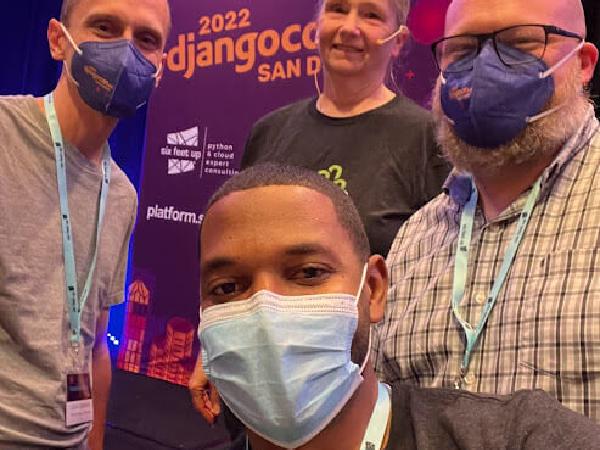
Reflection on DjangoCon 2022
Ronard’s Recap
“It takes a village” the African proverb goes. Nowhere was this as apparent as in DjangoCon. It was my first technology conference and my experience could not have been better. People from the most senior developer to fellow juniors and even one of the co-creators of Django made the experience feel warm and inviting. Perhaps knowing that you are surrounded by introverts alleviates the social pressure, knowing that everyone has a common interest, or perhaps even love for programming also brought a soothing feeling to the experience.
2022
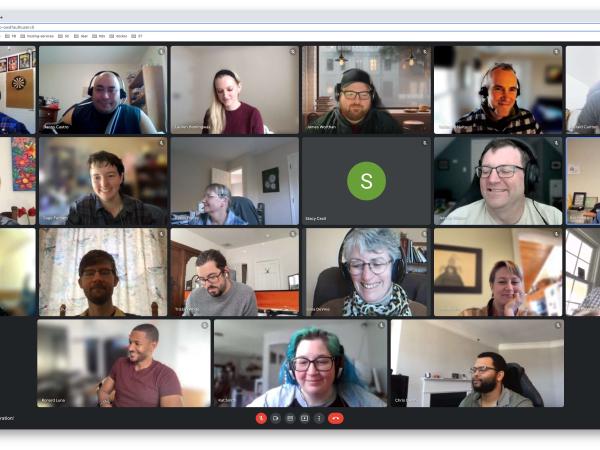
Meet the New Owners of Caktus
Nearly every week, I receive an email or two from a third party expressing interest in buying Caktus. As a matter of habit, I don't open them, let alone respond. Most are scattershot, venture capital firms looking for Software-as-a-Service companies (which Caktus is not). But when an employee approached me in 2018 expressing an interest in making Caktus employee-owned, I listened.
2021
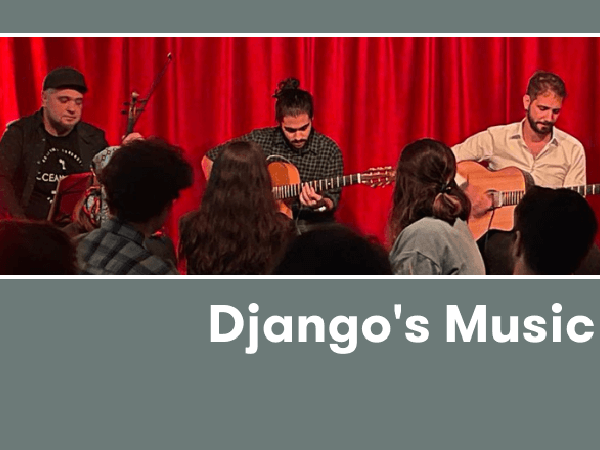
How Django Got Its Name
Pictured: From left to right, musicians Sebastian Peszko, Francisco Batista, and Filippo Dall’Asta in Berlin, Germany.
In early November, my husband and I celebrated a friend’s birthday with dinner and a show. The birthday boy has eclectic tastes and it’s always a treat to be included in his plans. Little did I know, however, that our night out in Berlin, Germany, would be related to my day job with Caktus, which is of course, based in Durham, North Carolina … As a side note, I’ve been working remotely from Berlin since August 2021.
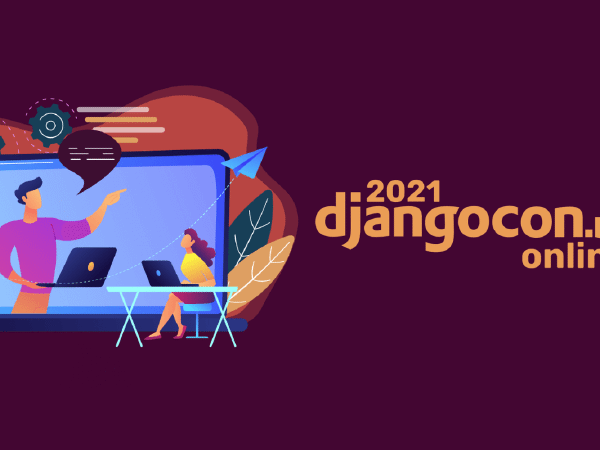
DjangoCon is Back and Free of Charge
We’ve waited eagerly for DjangoCon 2021 since last year’s event was cancelled due to COVID-19. Not only is the event back, but it’s free to attend! DjangoCon will take place virtually on October 22 and 23 — it will be unprecedented since this is the first time the conference will be virtual.

How to Use Celery for Scheduling Tasks
There are multiple ways to schedule tasks in your Django app, but there are some advantages to using Celery. It’s supported, scales well, and works nicely with Django. Given its wide use, there are also lots of resources for learning more about it, and once learned, that knowledge is likely to be useful on other projects.
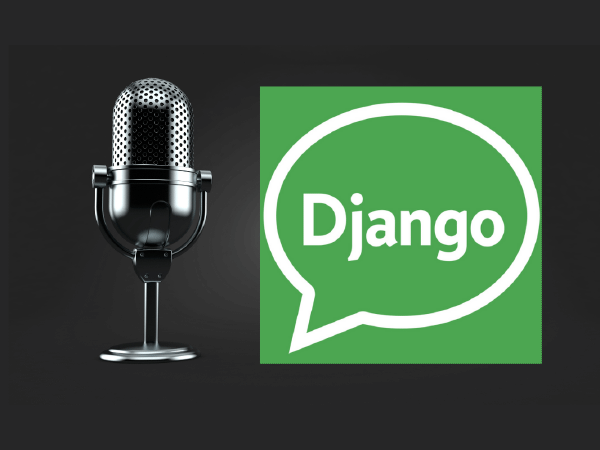
Django Chat is Where it’s At
Have you heard of the Django Chat podcast? With more than 90 episodes on all things Django, it’s full of informative interviews featuring some of the best and brightest in the industry.
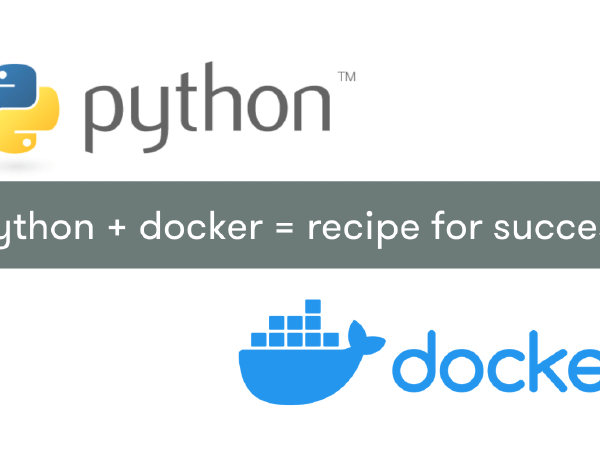
How to Decouple Your App From its Operating System with Docker
We regularly update and improve our upgrades and sustainability service offerings at Caktus, and a recent upgrade for a client precipitated a solution that I felt might be worth sharing. At Caktus, the preferred approach for addressing upgrades and sustainability is to make incremental updates to a project over time, trying to keep both Django and the servers themselves on a long-term support version. These are select versions of Django and Ubuntu, for example, that generally have much longer support periods than other versions, i.e., they are a good fit for applications that you will need to continue maintaining well into the future.

How to Simplify Django Migrations and Deployment
When removing fields from Django models, or adding non-nullable fields, it can be hard to avoid a mismatch between code running on some servers and the database in use.
Python, Django, and React Development on Apple Silicon
Last year, Apple announced that they would transition their entire Mac line from Intel processors to their ARM64 Apple Silicon chip called the M1. Several weeks ago, I started testing development on MacBook Air with the Apple M1 chip (pictured above).